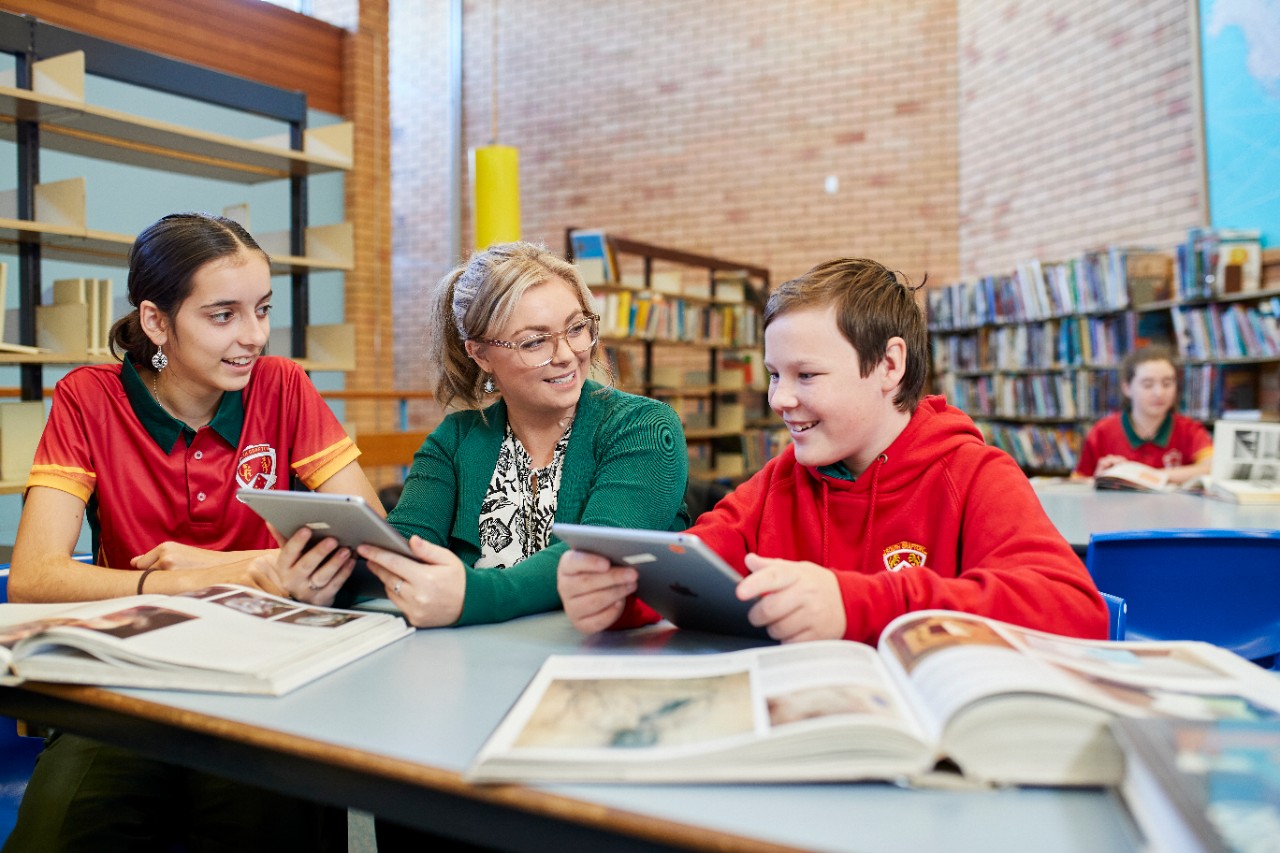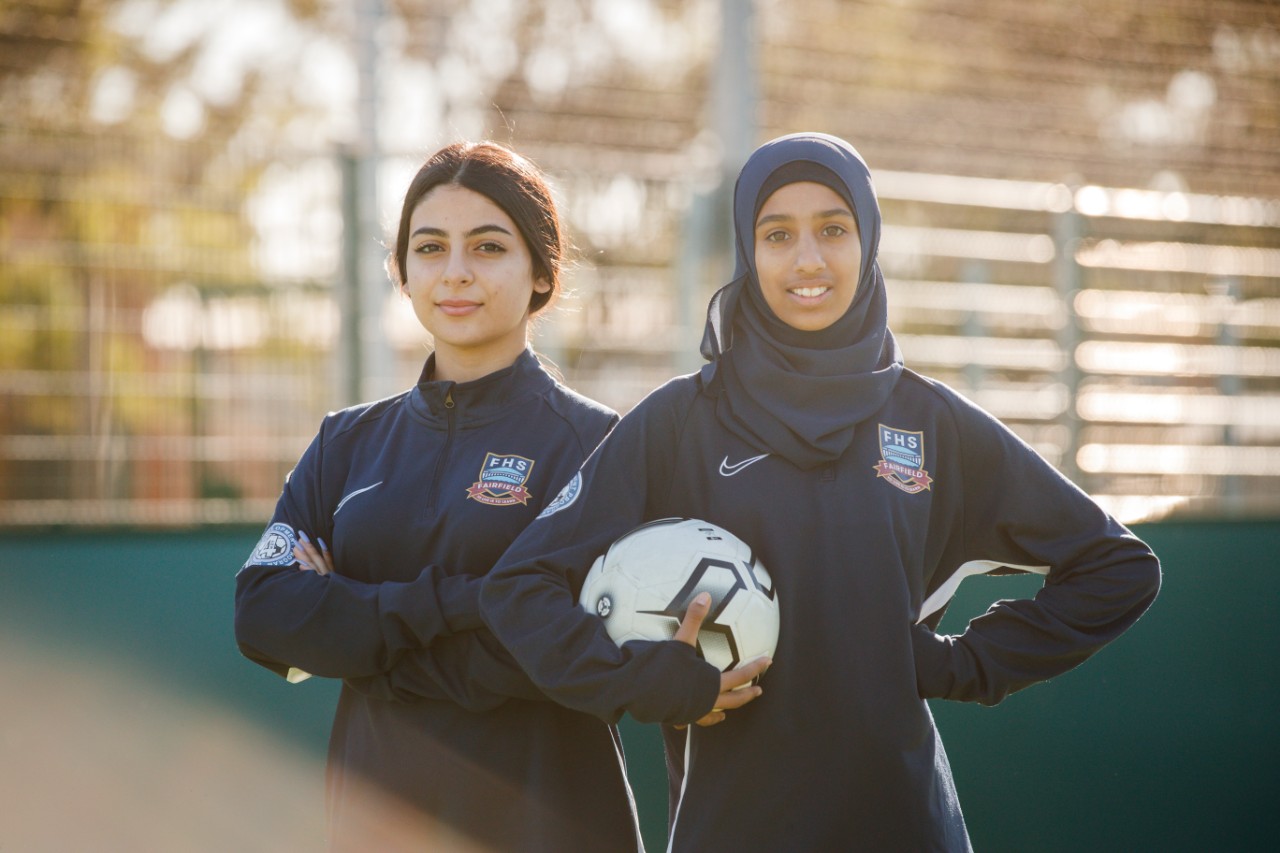Deaf, deaf and hard of hearing
Build on student strengths and support the learning and wellbeing of students who are Deaf, deaf and hard of hearing across all aspects of the curriculum.
About Deaf, deaf and hard of hearing
The term ‘Deaf’ (capitalised D) describes individuals who communicate using Australian Sign Language (Auslan). These individuals identify as belonging to the signing Deaf community, which is like a different ethnic group; it has its own language and culture. Deaf people often interact with both the Deaf and hearing communities, but do not consider themselves to be ‘hearing impaired’.
In contrast, the term ‘deaf’ (lower case d) describes individuals who physically do not hear, as well as those who do not identify as members of the signing Deaf community.
‘Hard of hearing’ describes individuals who have a mild to moderate hearing loss, or who have developed hearing loss in late childhood or adulthood. People who are hard of hearing typically use spoken language (including lip-reading) to communicate, requiring intense focus. They may also rely on residual hearing (possibly with use of a hearing aid), written language, or gestures, and require assistance with spoken instructions.
‘Hearing impaired’ is also often used in Australia to describe people who are hard of hearing, but this is generally not the preferred term. Using the wrong word to describe a person’s hearing can be offensive, so it is important to ask the student or their family which group they identify with.
As a teacher, School Learning Support Officer (SLSO), Aboriginal SLSO, or Aboriginal Education Officer (AEO), it is important to understand each student’s preferences for communication and support. You can learn more about itinerant support teachers (hearing) who can also work directly with students, their parents and carers and the school’s learning and support team to plan personalised learning and support. Access to itinerant support teachers is managed by the local Delivery Support team.
Strengths
Some students are strong visual learners, and are able to mentally hold and manipulate visual information (for example, picture an object and rotate that picture in their mind).
Deaf, deaf and hard of hearing students may also show a high level of resilience, especially in their determination to understand a concept, complete a task and master a skill.




School Excellence Framework alignment
Wellbeing, Curriculum, Effective classroom practice
Australian Professional Standards for Teachers alignment
Standard 1: Know students and how they learn
Audience
Secondary teachers
Purpose
Strategies to support students who are Deaf, deaf and hard of hearing. Including: Evidence-based practices, best practice tips, curriculum considerations and other considerations for teachers of students who are Deaf, deaf and hard of hearing.
Reviewed
November 2021. Share your feedback here